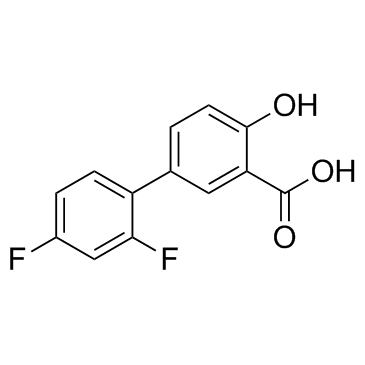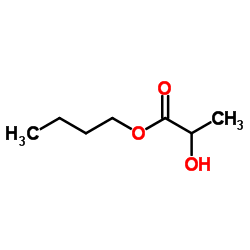| 结构式 | 名称/CAS号 | 全部文献 |
|---|---|---|
 |
二氟尼柳
CAS:22494-42-4 |
|
 |
乳酸丁酯
CAS:138-22-7 |
| 结构式 | 名称/CAS号 | 全部文献 |
|---|---|---|
 |
二氟尼柳
CAS:22494-42-4 |
|
 |
乳酸丁酯
CAS:138-22-7 |